

Cover design by Travis Bryant
Edited by Claire Suer
Photos used under license from Shutterstock.com:
Front Cover: (Clockwise starting at upper left corner)
1) Litvalifa: Cattail 2) Wolfgang Kruck: Red-throated diver 3) V. Belov: Red-throated Loon looking down 4) cramnosnhoj: Common Loon looking down 5) Agnieszka Bacal: Loon feather 6) Sam Chow: Loon fluttering 7) Litvalifa: Green grass 8) Sam Chow: Loon head 9) Agnieszka Bacal: Loon fluttering 10) Vectorpocket: Feather (center)
Back Cover: Boyces Images: American Goldfinch (left) FotoRequest: American Goldfinch (right)
A.S.Floro:
10 9 8 7 6 5 4 3 2 1
An Asylum of Loons
Copyright 2019 by AdventureKEEN
Published by Adventure Publications
An imprint of AdventureKEEN
330 Garfield Street South
Cambridge, Minnesota 55008
(800) 678-7006
www.adventurepublications.net
All rights reserved
Printed in China
ISBN 978-1-59193-904-7 (hardcover); ISBN 978-1-59193-905-4 (ebook)
TABLE OF CONTENTS


Zebra Finch
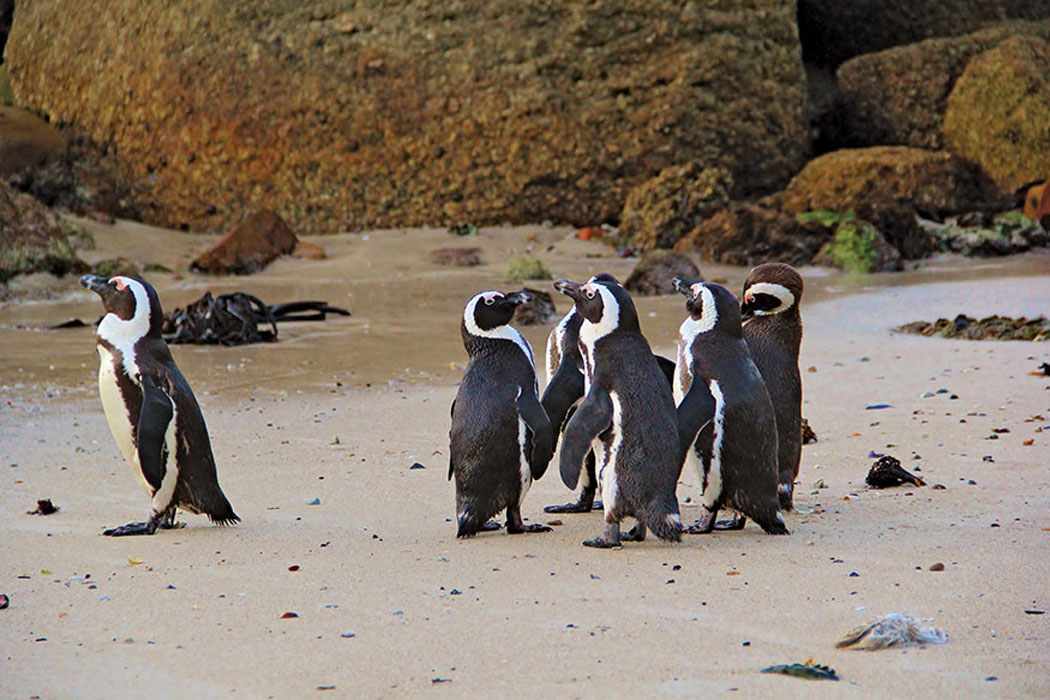
African Penguins
 INTRODUCTION
INTRODUCTION 
Group Names for Animals
One of the first quirks of language that we learn as children is that we use a different word for animals when they are found in groups. For example, a group of lions is a pride, sheep in the field are a flock, and an assemblage of fish is a school. These are called collective nouns, and most animals, including birds, have their own group names. But these names, especially for birds, arent very well-known; after all, what do you call a group of cockatoos, or penguins, or vultures? And where did an unkindness of ravens come from? This is the delightful stuff this book will explore.
Collective Nouns for Animals: A Brief History
The invention of specific terms for groups of animals begins with lists of terms of venery, part of an explosion of hunting terminology in the Late Middle Ages. While all classes of English people hunted, the aristocracy largely did so as a social pastime, not out of need. In the mid-1400s, the fashion at court was to invent, know, and use a highly specialized set of vocabulary for all kinds of game species. (Venery, at that time, meant the hunt or the chase.) The names chosen in this aristocratic, male-dominated environment were often dramatic and reflected the power and strength of the quarry, thereby serving to stroke the egos of the hunters who subdued them. Collective names for less-dramatic prey, as well as non-game species, are often something else entirely, privileging wordplay and humor far more than the sheer drama of the hunt.
Class certainly played a big part in the development of these words: the wealthiest and highest-ranked people got to hunt certain most-desirable species and had the leisure time to learn the different terms. Likewise, not knowing all the terms of venery was a social indicator that someone was of lower class.
The Book of Saint Albans
Without question, the most famous collection of collective nouns/terms of venery was The Book of Saint Albans , published in 1486. Its section on hunting featured a whopping 164 terms under the heading The Compaynys of Beestys and Fowlys. Many of the most famous and familiar collective nouns for animals originate thereas youll see from the many references we make to it in this book.
But the words in The Book of Saint Albans werent invented just for well-heeled aristocrats. Theres plenty of evidence that they were created for fun. After all, the book contains references to human groups and professions. Readers must have delighted in and laughed over the cleverness of a sentence of judges, a boast of soldiers, or a prudence of vicars.
A Fun Pastime
Thus an endlessly entertaining word game was born: inventing new collective nouns. Once you start trying to find the cleverest and most apt word for each bird group, its hard to stop. Puns and alliteration and commentary on a groups behavior are all common approaches.
A Linguistic Debate
For as much fun as they are, some have turned the concept of collective nouns into a debate. On one side, there are a few grumpy folks who huffily insist that scientists dont use these words, so they should be abandoned. Writer Nicholas Lund goes so far as to call these collective nouns morsels of linguistic candy rotting cavities into our scientific integrity!
On the other hand, there are some folks who insist there should be an official, agreed-upon collective noun for every species. James Lipton, author of An Exaltation of Larks , a modern book of terms of venery, doesnt go quite so farbut he does write about some collective nouns having validity based on their source, or being authentic or correct.
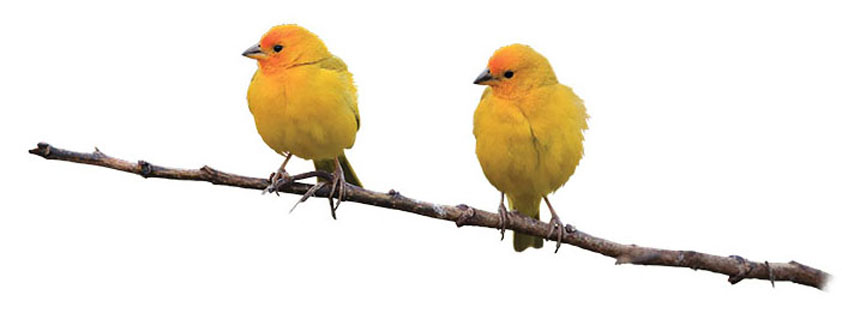
Saffron Finch
Were not sure why there is any debate at all. We encourage you to send each other clickbait articles with headings like: Did you know a group of finches is called a charm? We approve of all bar-trivia discussions and fanciful inventions. We think the key is to watch birds, stay playful, and have fun.
So What Is This Book?
Simple, really. We thought birders and word-lovers alike would enjoy this book of quirky collective nouns, as a clever dictionary of sorts. We wanted to dig a little deeper than just a list, and actually get into the reasons and history behind some of these recognized (or less-recognized) terms. Weve found it fascinating that some of these collective nouns reference the sound that a bird might make, what they look like, or their characteristic behavioror occasionally, somehow, all three! Some of these terms tell a deeper history of a species, and humanitys relationship to it, including the corresponding cultural meanings and symbolism for different birds.
Have Fun
We hope this book inspires and entertains you. If youre a bird enthusiast, perhaps youll talk about the flocks you spot with more relish. If youre a language enthusiast, perhaps youll learn something extra about birds, or be inspired to go on your own etymological explorations.
Most of all, we hope you enjoy the word game of adding to this list and expanding it, and sharing your findings and creations with others.
.jpg)
Black-browed Albatross
 THE BIRDS
THE BIRDS 
Next page
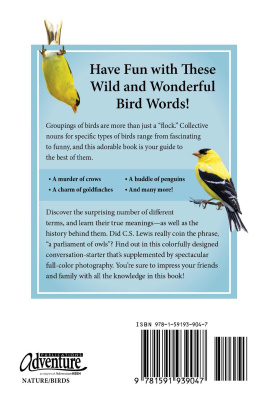



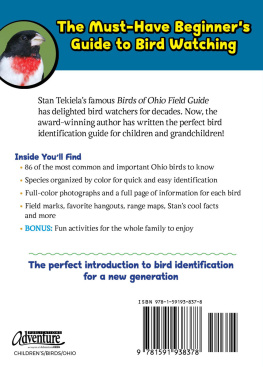

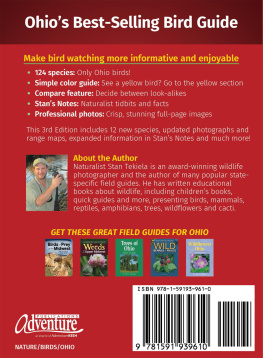

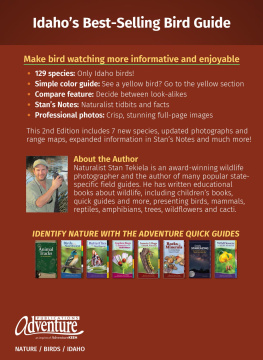
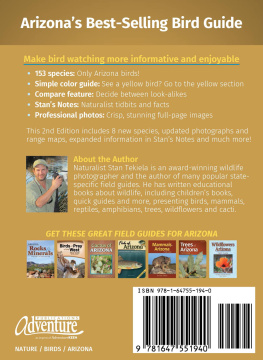







 INTRODUCTION
INTRODUCTION 
.jpg)